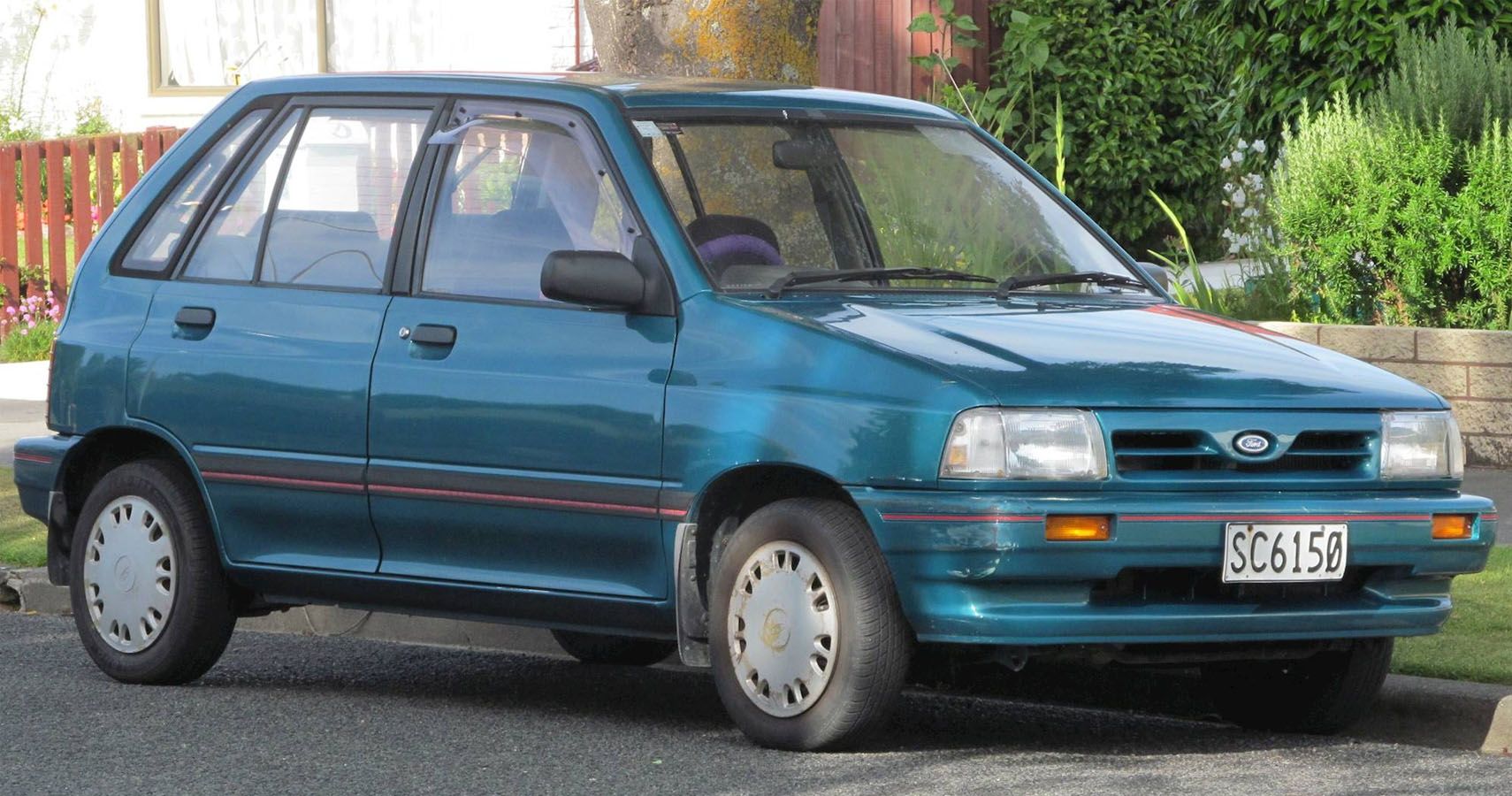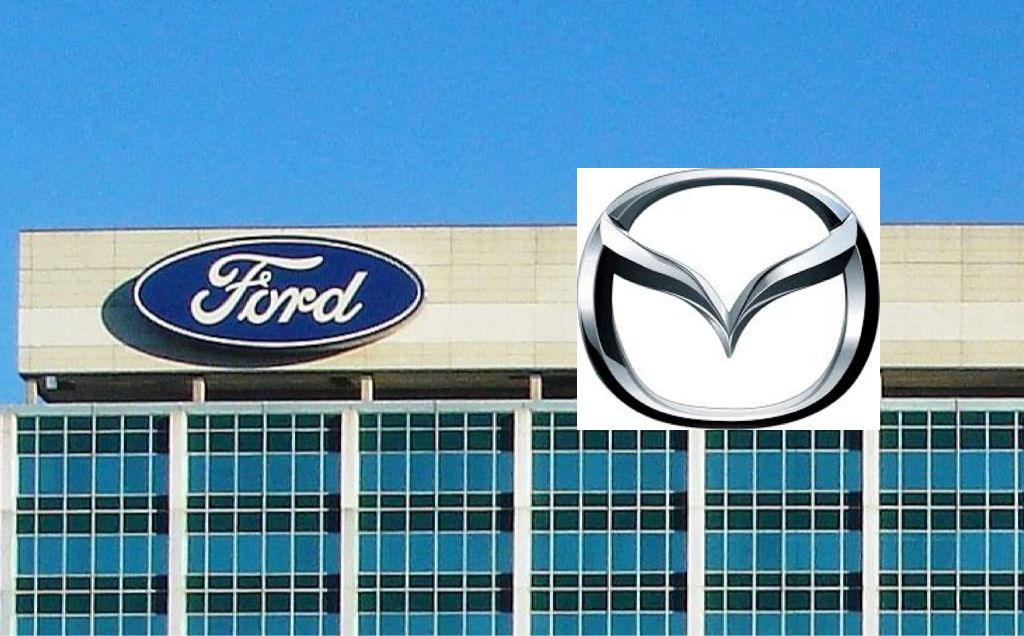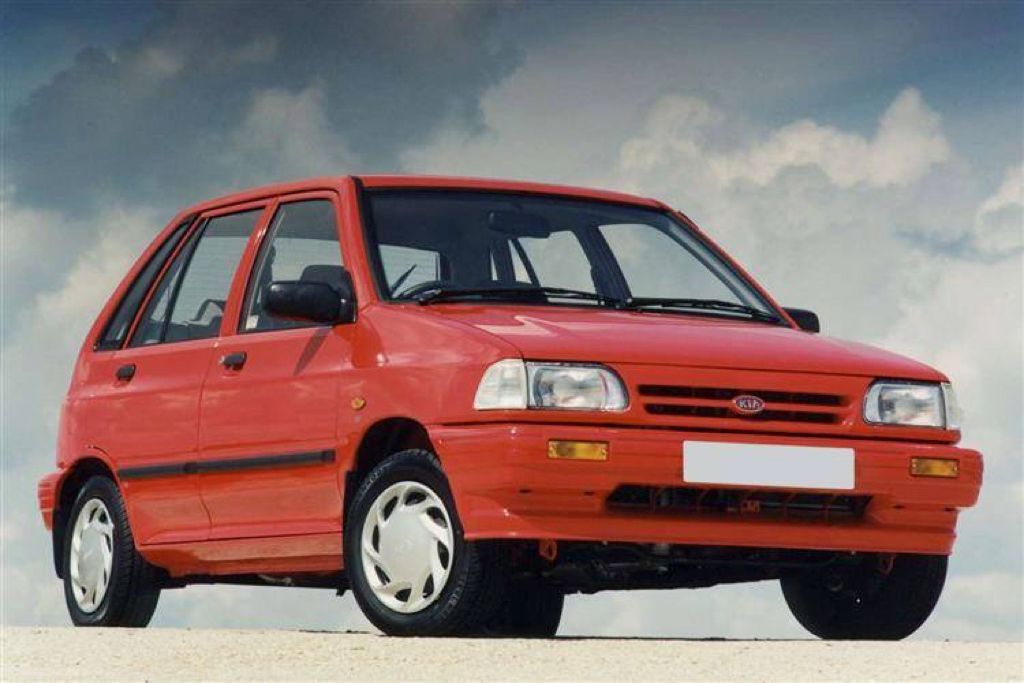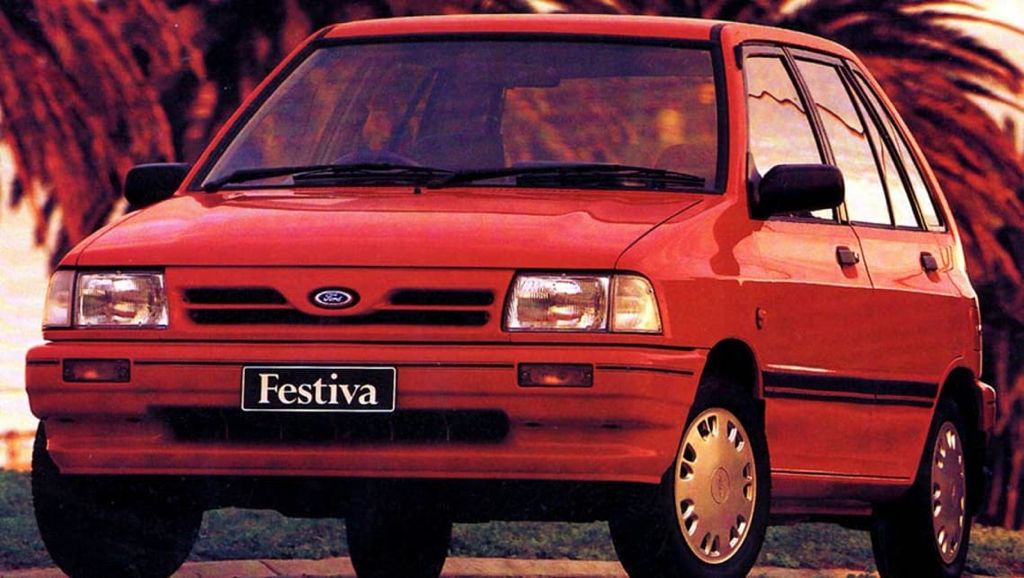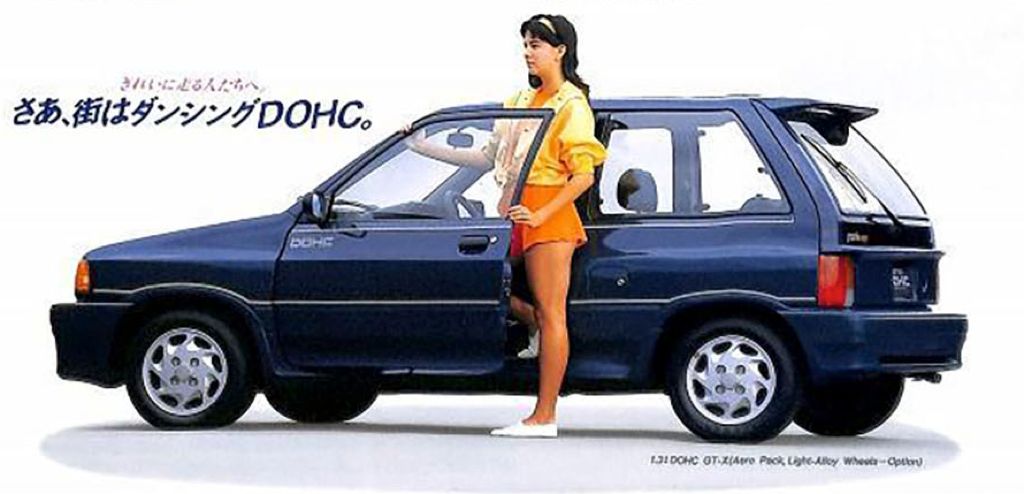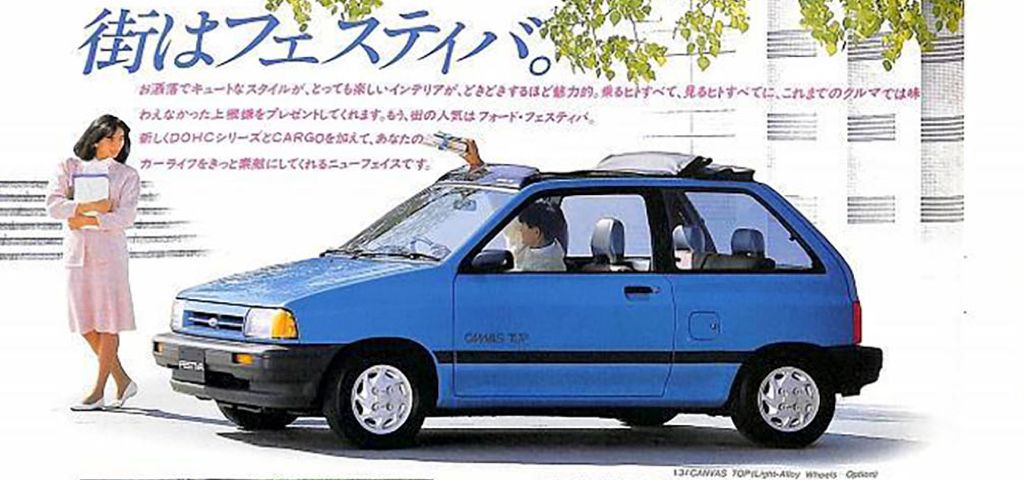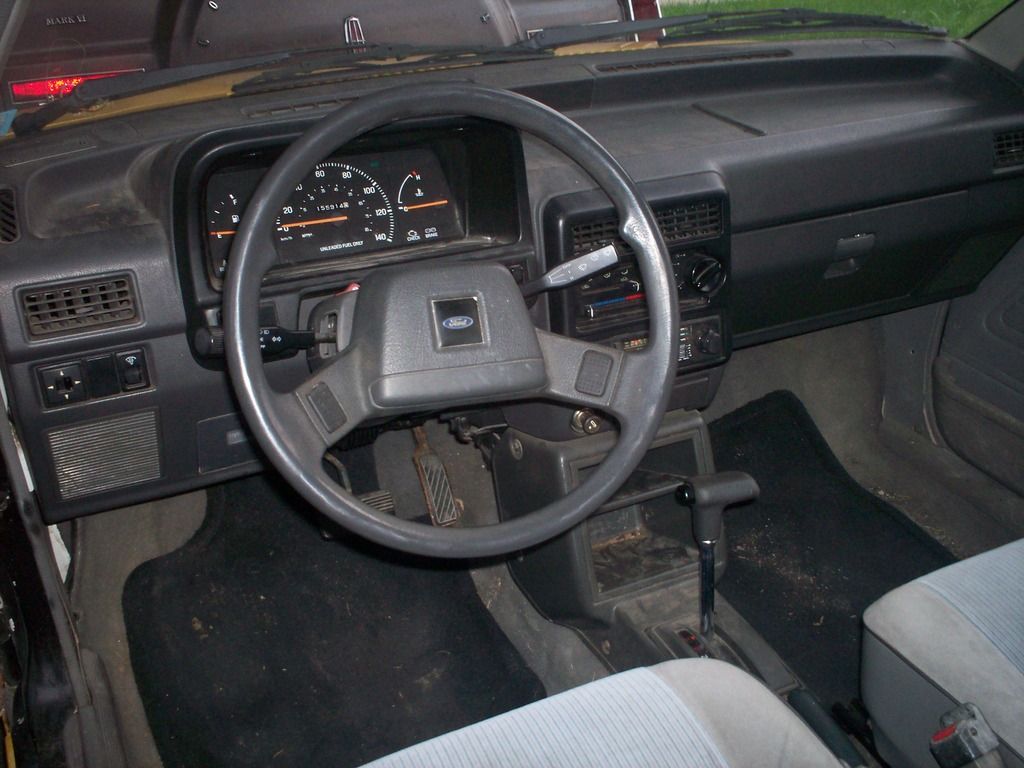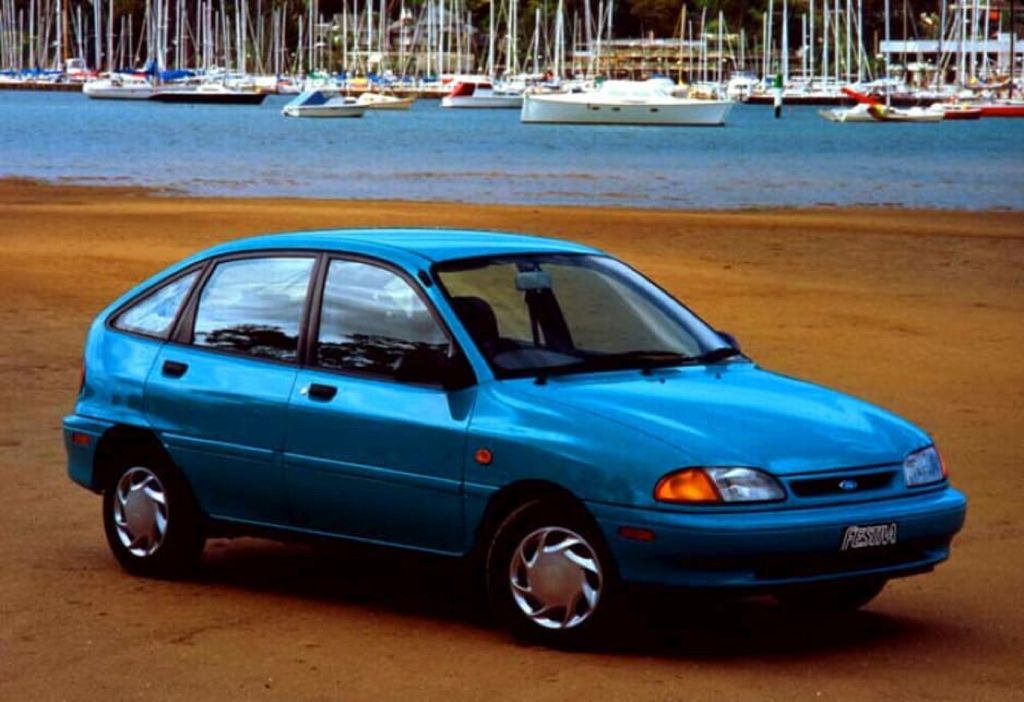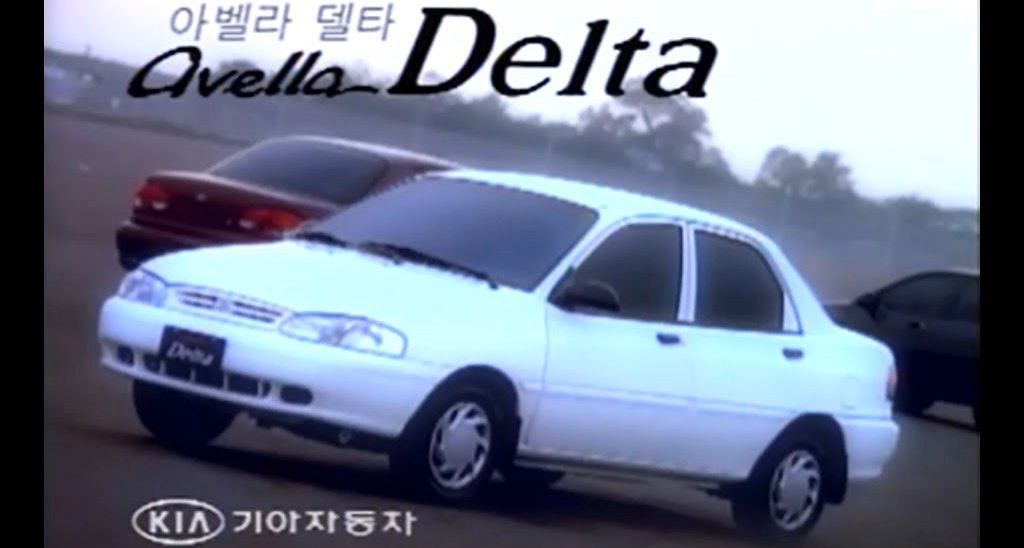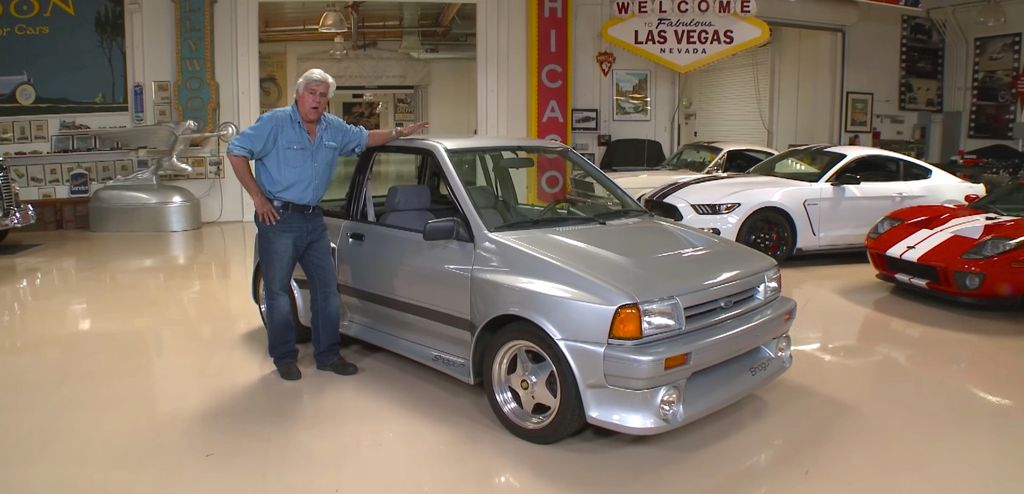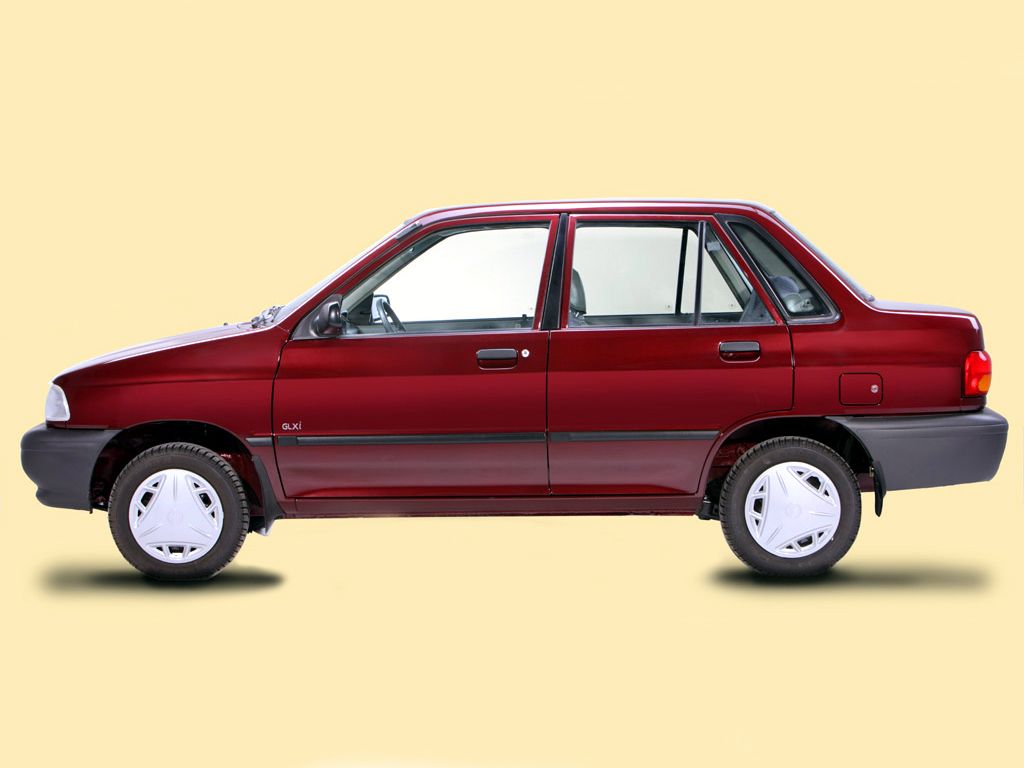Today, it may be hard to believe that Ford used to sell more than just one traditional car in the U.S. (other than the Mustang), but the Blue Oval brand once had a complete array of cars on offer in its home country. The Festiva hatchback is a perfect example, resembling nothing so much as a toaster or a phone booth on casters. Ford sold enough Festivas over six years of different models to stay in the segment until 1997 when the Aspire came in as a replacement, which was also sold outside the U.S.
The Festiva arrived in the industry when American carmakers worked with worldwide affiliates to help close gaps in their product lineups. With time, those captive imports faded away (oh, hi, Pontiac LeMans!), but a keen-eyed car spotter can probably still find a Festiva or two on the road today.
10 10. It Was A Contract Job
In the '80s, Ford had the waterfront covered in terms of his product lineup: Escort and EXP for compact buyers, Tempo and LTD in the midsize space, Taurus and Crown Victoria for full-size shoppers. But federal Corporate Average Fuel Economy (CAFE) standards meant the company needed something smaller and more economical than the Escort.
Ford could have brought in the Fiesta from Europe, as it did in the late ‘70s, but the value of the German Mark relative to the dollar would have made it too expensive for economy car buyers. So Ford went to its Japanese affiliate Mazda to design a super-economical hatchback for U.S. buyers.
9 9. It Helped Lead The Korean Invasion
Mazda’s tidy, glassy hatchback design was brought to life not by Mazda or Ford, but by a third party: South Korea’s Kia Motors, best-known at that time for building Mazda models under license for its home market. Kia agreed to assemble the car to be sold in North America and elsewhere as the Festiva and in Europe and Australia as the Mazda 121.
As compensation, Kia got to sell a version of the Fiesta as the “Pride,” and it did through 2000. The Kia-branded Festiva never made it to the U.S., though its replacement — the Rio — did.
8 8. It Was More Than A 2-Door Hatch
Here in the Land Of The Free And The Home Of The F-150, Ford sold the Festiva strictly as a two-door hatch starting with the 1987 mode, befitting its status as an entry-level offering designed to give prospective buyers a brand new car for the price of a one or two-year-old Escort.
However, overseas markets got considerably more variety. The Festiva/121/Pride was offered as a five-door hatch, a small station wagon and a four-door sedan with a traditional trunk. In some markets, the Festiva’s platform was even used for a small VW Caddy-style pickup truck.
7 7. Ford Sold The Festiva In Japan while Mazda Didn’t
The Festiva was designed by Mazda of Japan and built by Kia of South Korea, but in Japan, it carried the Ford brand name rather than one of either Asian manufacturers. It was sold through a unique dealer network established with Mazda. The Autorama dealerships were set up in the 1980s solely to sell Mazda-built, Ford-badged vehicles in Japan. For example, the car sold here as the Mazda 626 was offered by Autorama dealers as the Ford Telstar.
Eventually, the Autorama dealers would also sell U.S.-built Fords in Japan, including the Mustang, Probe, and Explorer. They were eventually taken over by Ford in the ‘90s, but Ford exited the Japanese market in 2016.
6 6. The U.S. Got The Least Interesting Festiva
The Festiva was ostensibly designed to help raise Ford’s CAFE score in the U.S., but its American dealers got the plainest version of the car, efficient and inexpensive, but hardly filled with personality. In Japan, for instance, buyers could choose the Festiva GT-X, with a twin-cam 1.3-liter engine putting out 87 horsepower — which doesn’t sound like a lot, but in a 1,700-pound hatchback was a riot.
Autorama dealers also sold something called a Festiva Canvas Top which, as the name implies, featured a giant soft-top canvas sunroof, such as the one fitted to the Fiat 500 (or the 2000s-era Jeep Liberty). This variant apparently was not sold outside Japan, which is a shame. It certainly would have made a unique and fun alternative to the VW Cabrio or Geo Metro Convertible.
5 5. It Actually Wasn’t A Penalty Box
In the U.S., the Festiva found itself in a class that included the Chevy Sprint/Geo Metro and the Toyota Tercel. Compared with the Sprint/Metro, the Festiva’s 1.3-liter four-cylinder engine was smoother and more powerful than the 1.0-liter three-cylinder mill fitted to the Chevy-branded minicar, while the tall and glassy cabin made the Ford feel roomy, and its Korean origins made it more than price-competitive with the Toyota.
A contemporary review of the Festiva offers praise for its “lively” and “responsive” handling, a decent ride, and outstanding outward visibility. The same review is also unstinting in its criticism of the Festiva’s looks, suggesting that it looked as though “it drove through a giant guillotine and almost made it.” But, eye of the beholder and all that.
4 4. A Festiva By Any Other Name…
Kia rolled out a new supermini hatchback for Ford in 1993, with a more streamlined look that matched the Detroit automaker’s lineup, a new five-door model to complement the three-door, and a new name in the U.S.: the “Aspire.” But elsewhere around the world, the little hatch was still called the Festiva.
The new and more rounded exterior, as well as the refreshed interior, hid a drivetrain that was largely carried over from the first-generation Festiva, including the Mazda-derived 1.3-liter four-cylinder engine. But for Kia, the Festiva (which is sold as the “Avella”) would be the end of its collaborative efforts with Ford. The Aspire disappeared from the U.S. lineup in 1997, though it was still available in Japan and Australia until 2000.
3 3. It Helped Put Kia On The Map
The experience Kia picked up building cars destined for the U.S. market meant that when it was time to establish a beachhead there, the Koreans had more knowledge about the region than they might have if they’d come in cold as Hyundai did some years before.
Starting with the Sephia sedan and the Sportage SUV, Kia eventually built a full line of vehicles, each with increasing levels of refinement and performance. But its past affiliation with Ford (which sold its part-interest in Kia to Hyundai) is still evident in each car. That oval “Kia” badge is about the same proportion as another well-known automotive logo… one that’s a distinctive blue shade.
2 2. Jay Leno Owns One, Sort Of
Comedian and former “Tonight Show” host Jay Leno may be the country’s most famous car collector. His Jay Leno’s Garage series features some of the dozens of vehicles he owns, both collector-worthy and just plain quirky. And included in that collection is a silver 1989 Ford Festiva with a body kit that looks like it came from Pep Boys.
But this isn’t just any Festiva with a wild body kit. This is one of seven Festiva SHO guns in existence, in which the humble Mazda engine is replaced by the 220-horsepower, Yamaha-sourced 3.0-liter V6 from the legendary Taurus SHO, mounted in the middle of the tiny hatchback. The result is a crazy-fast runabout that makes up for its lack of cargo capacity with acceleration that will pin the driver and passenger back to their seats.
1 1. You Can Still Buy One (In Iran)
Ford hasn’t sold a new Festiva in this country since the ‘90s, and Kia stopped building them in 2000. But the tooling and platform for the mixed-parentage minicar is getting use even now… in the Islamic Republic of Iran.
The Iranian car company SAIPA bought the rights to produce a Festiva-based car under license and continues to do so to this day. In fact, the SAIPA Saba is considered Iran’s most popular car, and if you look really close, you can see glimpses of the Festiva’s very-80s side contours in the Saba sedan’s profile.

